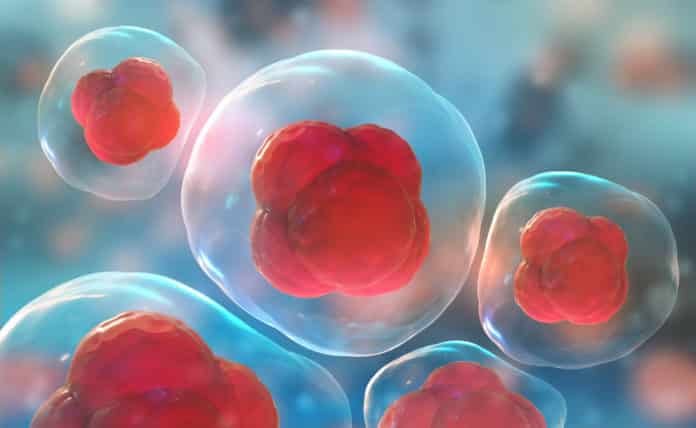For the first time “invisible pluripotent stem cells” – stem cells that are visually invisible to the immune system – have been created by scientists at UC San Francisco using CRISPR-Cas9 gene-editing technique. This breakthrough discovery may prevent complexities of stem cell rejection by the host during transplants. This will take regenerative medicine to the next level, as via this new procedure stem cells can be tailor-made, much more efficiently enabling individualized approach.
As per Tobias Deuse, MD, the Julien I.E. Hoffman, MD – Lead authors of the study, the prime difficulty faced during any stem cell therapy is the way immune systems respond to the administered stem cell. Also, the stem cells may mature into any type of adult tissue. The study has been published in the journal Nature Biotechnology.
The immune system is naturally programmed to eliminate any alien object in its close proximity, a way in which it acts as a defense mechanism for our body, by fighting against infections. This same protective shielding activity of the immune system creates problems in organ transplantation procedures wherein it targets the transplanted organ, cell or tissue as a foreign intruder – triggering a strong immune response to reject the transplant.
As per Professor of Surgery Sonja Schrepfer, MD, Ph.D., who is the senior author of the study and also director of the UCSF Transplant and Stem Cell Immunobiology Lab, drugs can be administered to suppress the immune activity and make the transplant sustain but this may leave the patients prone to more infections and also can lead to Cancer.
Induced pluripotent stem cells (iPSCs) has been sought as a solution to this rejection problem. Scientists have foreseen that when iPSCs were transplanted into the same patients from whom original cells were taken – the body might not attack the transplanted cell- considering it as a “self”. But the clinical use of iPSCs has proven difficult till date, for multiple reasons like quality control and reproducibility not totally understood yet.
Tobias Deuse said that this the first time ever cells have been engineered to be visually invisible to the immune system, thus preventing the trigger of any kind of immune response.
In the study, CRISPR was used to delete two genes that are responsible for the efficient functioning of the major histocompatibility complex (MHC) class I and II. MHC’s are stationed on the surface of most of almost all cells with molecular signals that helps the immune system distinguish in between local & foreign cells. Cells devoid of MHC genes are registered as foreign and becomes a target of immune cells known as natural killer (NK) cells.
The research team discovered that CD47 – a cell surface protein that portrays as a “do not eat me” signal against macrophages, also has a strong inhibitory effect on NK cells. Assuming that CD47 might be the key to shut down the immune rejection system, researchers loaded CD47 gene into a virus which delivered extra copies of the gene into a mouse and human stem cells in which the MHC proteins had been knocked out.
When the researchers transplanted their triple-engineered mouse stem cells into mismatched mice with normal immune systems, they observed no rejection. CD47 indeed proved to be the key to the rejection problem. They then transplanted similarly engineered human stem cells into so-called humanized mice—mice whose immune systems have been replaced with components of the human immune system to mimic human immunity—and once again observed no rejection.
Additionally, the researchers derived various types of human heart cells from these triple-engineered stem cells, which they again transplanted into humanized mice. The stem cell-derived cardiac cells were able to achieve long-term survival and even began forming rudimentary blood vessels and heart muscle, raising the possibility that triple-engineered stem cells may one day be used to repair failing hearts.






























